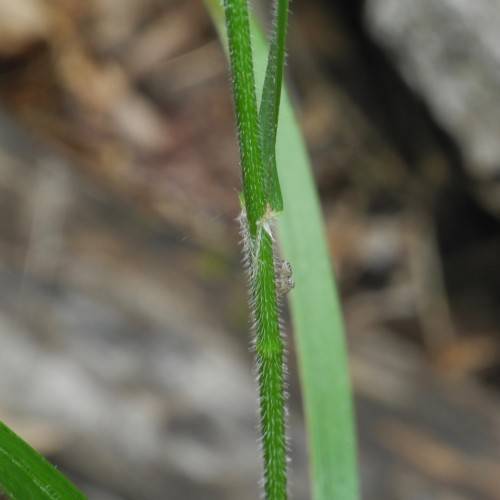
Nottoway Brome Grass
Bromus nottowayanus
Also Known As - Satin Brome,Nottoway Valley BromeWatering:
Minimal
Hardiness Zone:
Flowers:
Flowers
Sun:
full sun,part shade
Leaf:
Yes
Growth Rate:
Low
Drought Tolerant:
Yes
Salt Tolerant:
Yes
Invasive:
Yes
watering
Nottoway Brome Grass should be lightly watered once per week in the spring and summer months. In the fall and winter months, watering should be reduced so that the soil remains slightly moist but does not become over-saturated. When watering, avoid getting the foliage wet. A slow, light, deep soak is typically the most beneficial for this grass. Too much water can lead to disease and nutrient deficiencies.
sunlight
Nottoway Brome Grass, a warm season native grass, grows best under full sun and in areas with slightly acidic soil. This grass can tolerate some shade, but average sun is necessary for optimal growth. This grass grows best when planted in late spring and early summer. Once established, Nottoway Brome Grass will need approximately 8 hours of direct sunlight each day to remain healthy, lush, and actively growing.
pruning
Nottoway Brome Grass (Bromus nottowayanus) should be pruned twice a year. The first pruning should occur in the late summer and the second in late winter. After the first pruning, the grass should be trimmed back to 4 to 6 inches high. This helps promote a lush growth and keep the grass looking tidy. In late winter, prune the grass down to 1 to 2 inches. This hard pruning will encourage the formation of dense bases and bushy foliage. It is important to note that hard pruning should only be done late in the winter so that the grass can establish strong roots before the warm weather sets in. If pruning is done too early in the winter, there is a risk of the grass not growing back.
